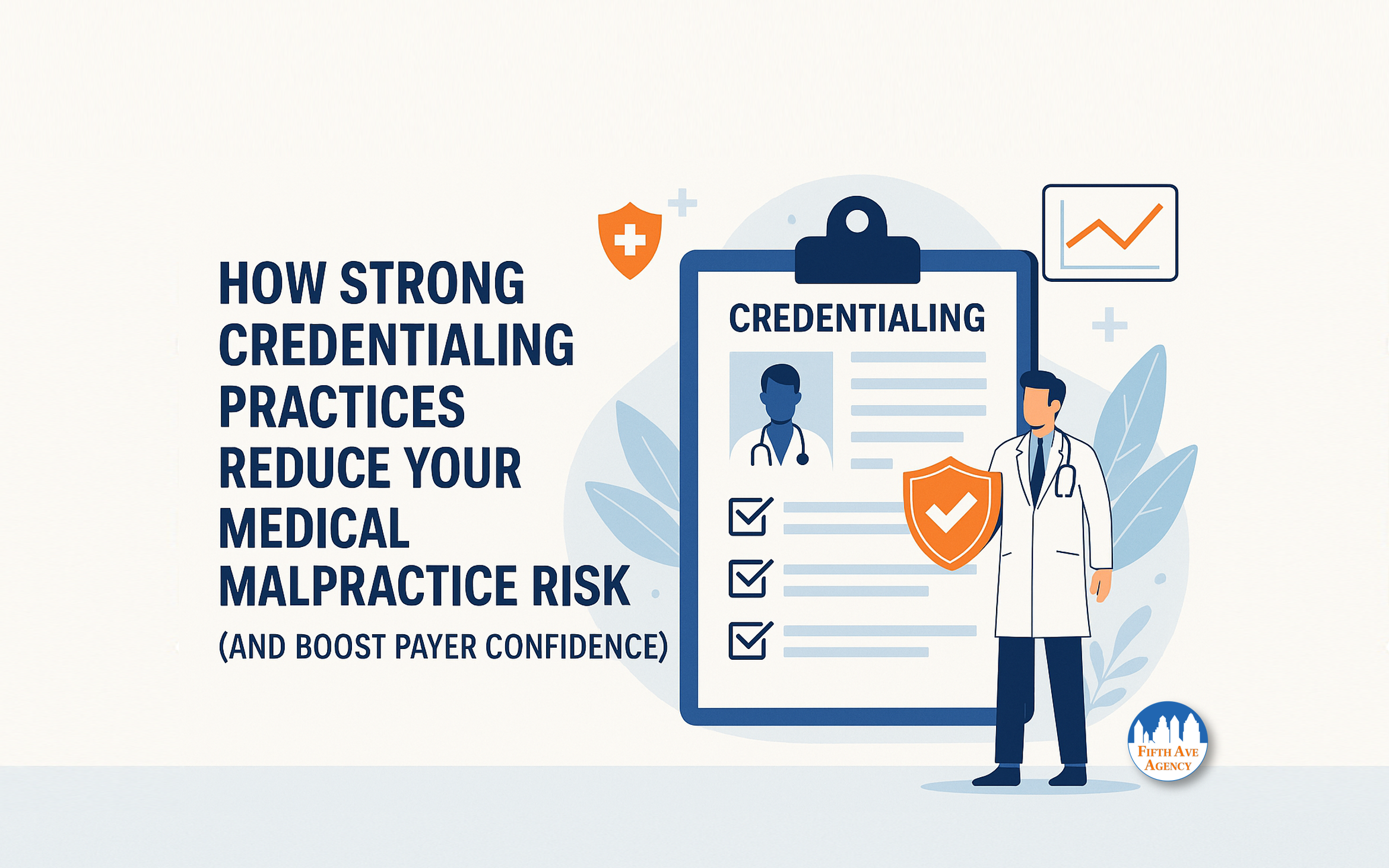

7 Proven Ways Credentialing Reduces Medical Malpractice Risk
Credentialing and medical malpractice risk are directly linked—learn how strong credentialing practices can protect providers and reduce liability.
Welcome to the Primoris Credentialing Network’s blog, a leading resource for authoritative and insightful content in the credentialing domain. Our mission is to provide readers with the latest industry news, updates, and trends, focusing on key areas such as delegated credentialing, provider enrollment, and medical malpractice. Our comprehensive coverage extends to essential topics such as delegated credentialing, primary source verification (PSV), medical malpractice, MPLI, and best practices in the field.
Expertly crafted by our team of credentialing specialists, including members from the Fifth Avenue Healthcare Services family and its entities – Fifth Avenue Agency and 5ACVO, our blog is dedicated to keeping you informed and ahead in the ever-evolving world of credentialing. Join us for in-depth analyses, expert perspectives, and the latest developments that matter to healthcare professionals.


Credentialing and medical malpractice risk are directly linked—learn how strong credentialing practices can protect providers and reduce liability.
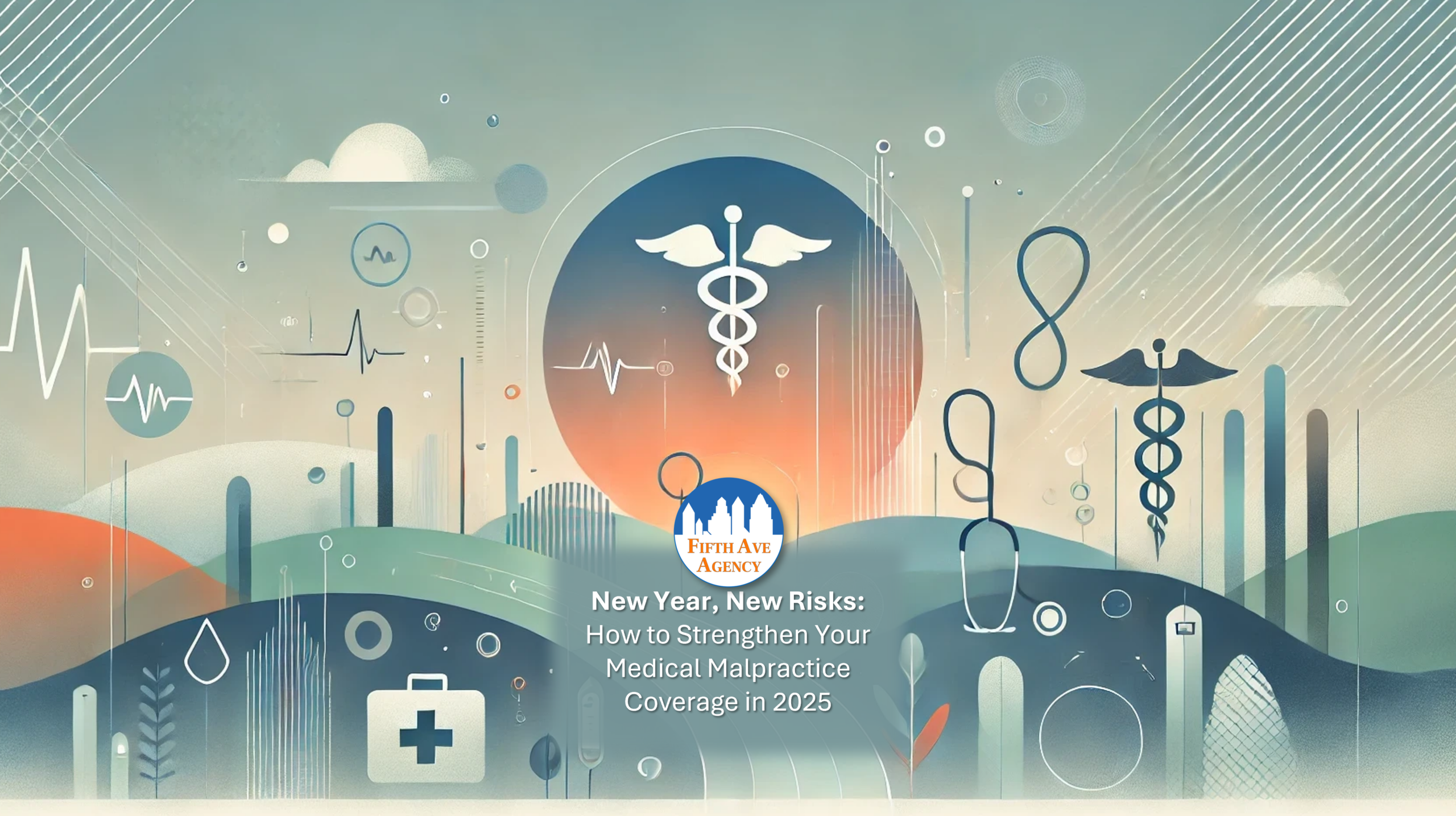

As the calendar turns to 2025, healthcare providers face an ever-evolving landscape of risks, regulations, and patient expectations. The new year presents an ideal opportunity to take a proactive approach to medical malpractice coverage. By reassessing your policy and understanding emerging trends, you can better safeguard your practice, reputation, and
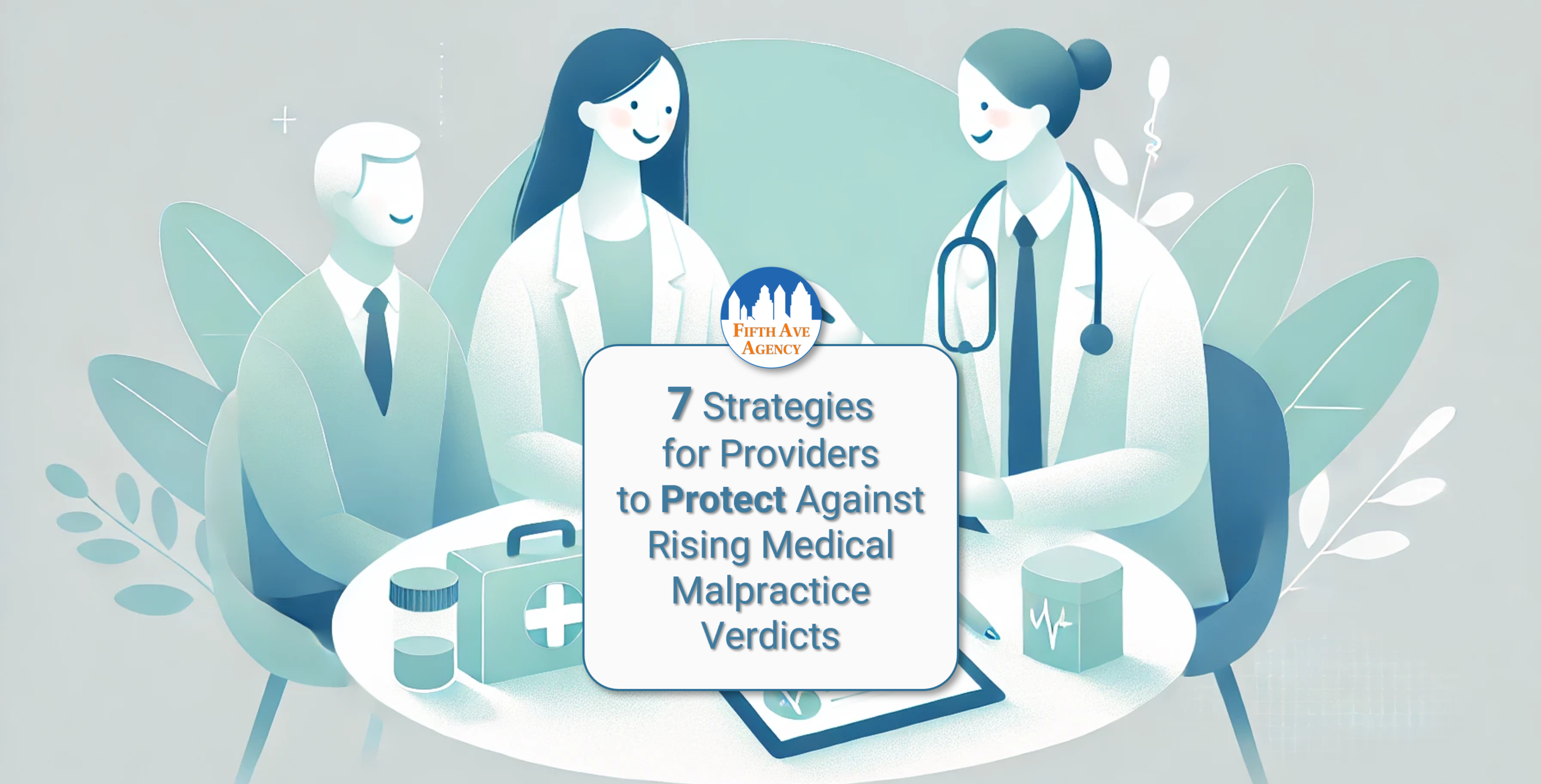

Explore strategies for healthcare providers to protect against medical malpractice verdicts with tips on risk management, insurance, and high standards of care.


Explore Oklahoma’s medical malpractice trends, key aspects, recent court rulings, and detailed statistics. Discover the evolving legal landscape and its impacts.


Explore hidden risks in a medical malpractice policy and learn strategies for protection. Get expert advice to ensure comprehensive coverage and peace of mind.


2024’s medical malpractice rates may be shaped by advancements in medical technology, legal changes in tort reform, and enhanced provider-patient communication.


Here are 8 Medical Professional Liability Insurance (MPLI) takeaways on protecting providers, supporting quality of care, and preserving the healthcare system.


Per the AMA, 68% of all medical liability premium increases were observed in 10 states. Illinois had the highest number of increases in the last three years, accounting for 30% of the total increases.


Proper medical charting can benefit patients, physicians, and the entire medical community, and following the 6 Cs of Charting can produce the best results.


The three best practices of charting include the Golden Rule of Charting which states that if something was not documented, then it did not happen.


A nurse can be sued for medical malpractice and be held liable just like any provider If a nurse fails to act per the standard of care for their specialty.


Christian Jagusch, MD is a physician attorney representing parties suing Carlos Chacon, MD of Divino Plastic Surgery Center. Dr. Jagusch questions the AAAHC’s decision to not revoke the ASC’s accreditation.
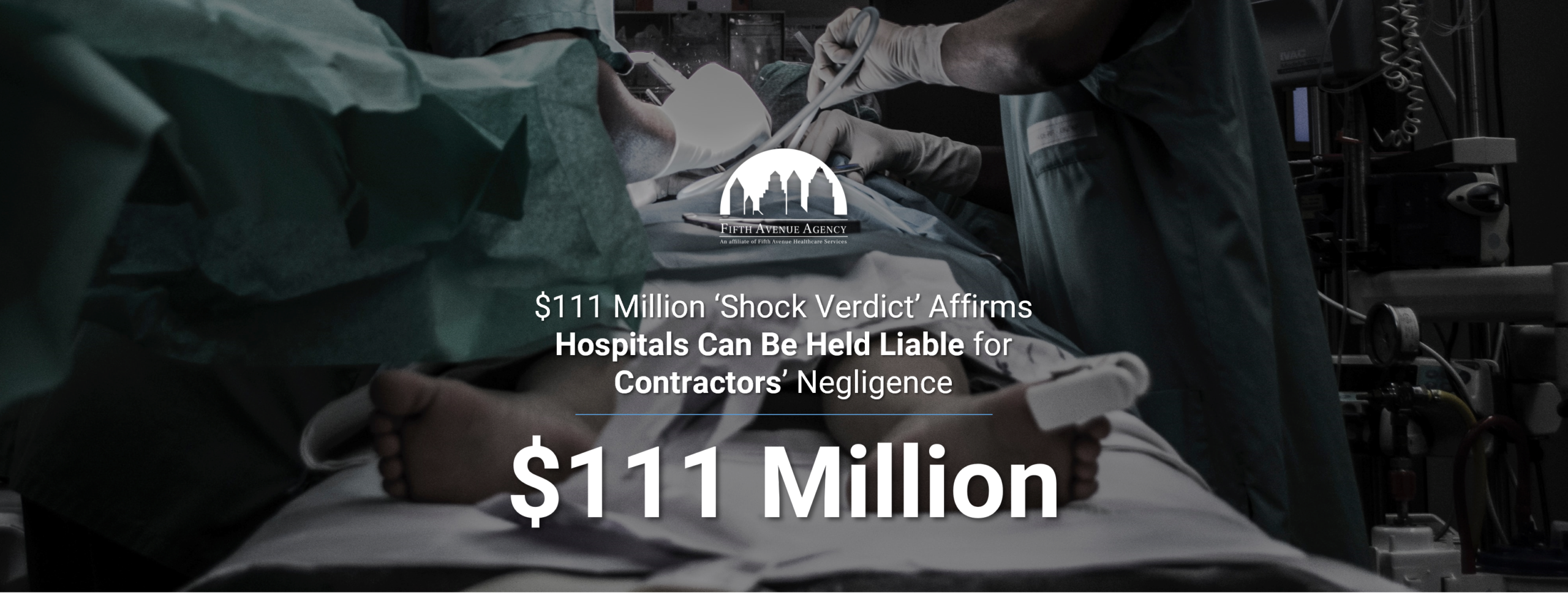

$111 million medical malpractice verdict is made possible by a previous MN Supreme Court ruling that a hospital can be held liable for contractors’ negligence.


Historical medical malpractice changes are coming 1/1/23 when CA plaintiffs can be awarded up to $350,000 for pain and suffering increasing over 10 years to $750,000 ($500,000/$1M in cases involving death).


The FL ‘free kill’ law relays that if the deceased is unmarried, without children, and older than 25 years, their survivors cannot sue for medical malpractice.


The $97.4 M verdict is less than half of what is believed to be the largest medical malpractice verdict in United States history, a $205 Million dollar verdict.


Five common causes leading to medical malpractice lawsuits include: diagnostic errors, surgical errors, a failure to treat patients, birth injuries and prescription drug errors.


There is a statute of limitations for medical malpractice claims in every state. The period does not usually begin until a patient discovers they have been injured. Each state has exceptions that could affect the deadline.


Oklahoma ranks first in medical negligence per capita, according to an analysis of U.S. Department of Health and Human Resources data.


Can a nurse be sued for medical malpractice? Just like a physician, if the four elements of medical malpractice can be proven, a nurse can be sued for medical malpractice.


Three financial strength factors to consider when choosing a medical malpractice insurance carrier include net income, combined ratio and policyholder surplus.
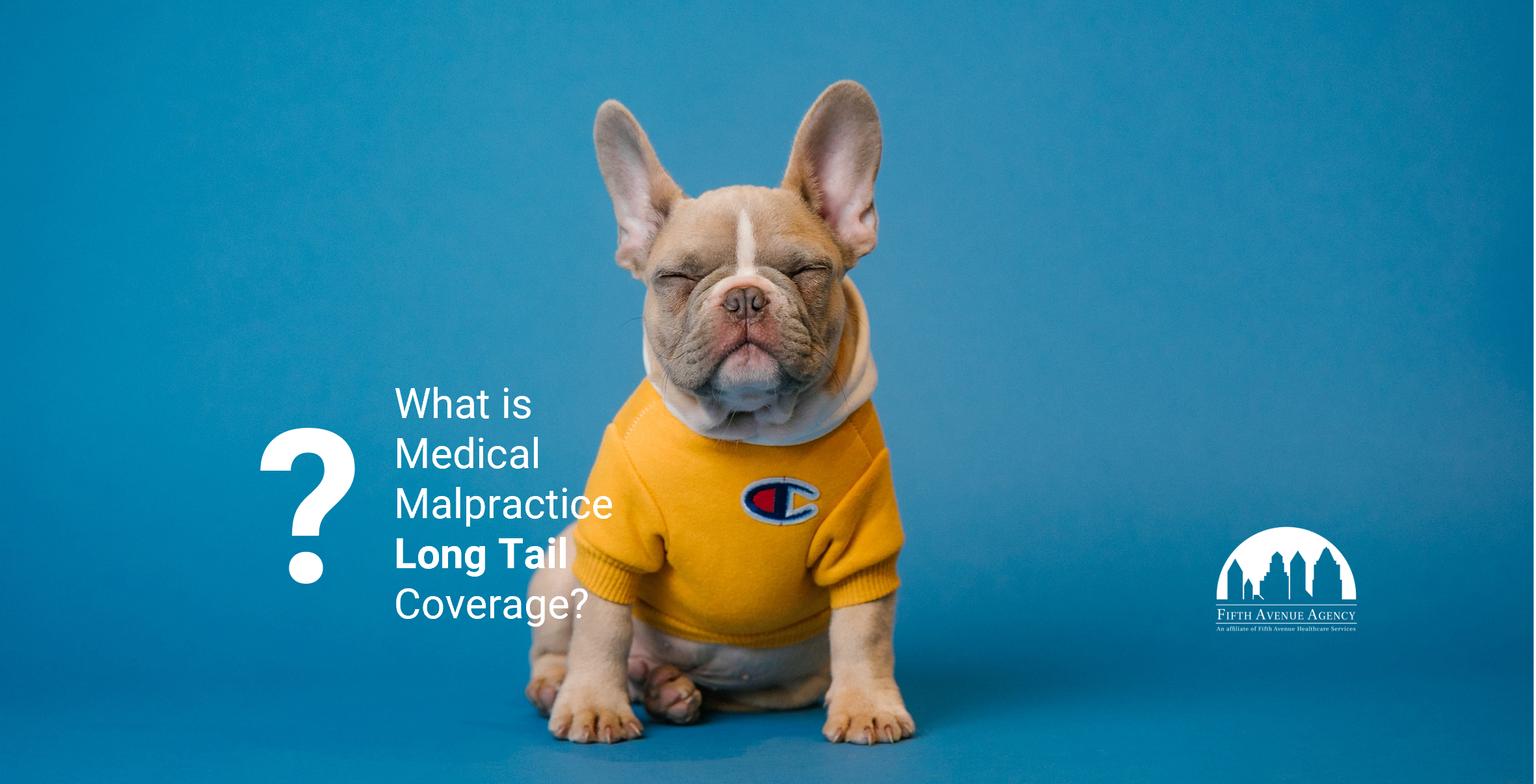

In most states, a medical malpractice claim can be filed 2-3 years after the incident. Medical malpractice long tail coverage written into your policy may help.


Some carriers offer providers medical malpractice premium credits for using electronic health management of a patient’s personal health record (PHR).


Here are the Top 5 medical malpractice questions to ask when purchasing a medical malpractice insurance policy: 1. What percentage of the carrier’s claims are closed without payment? 2. What is the carrier’s trial win percentage? 3. What is the carrier’s A.M. Best rating? 4. How much of a doctor’s
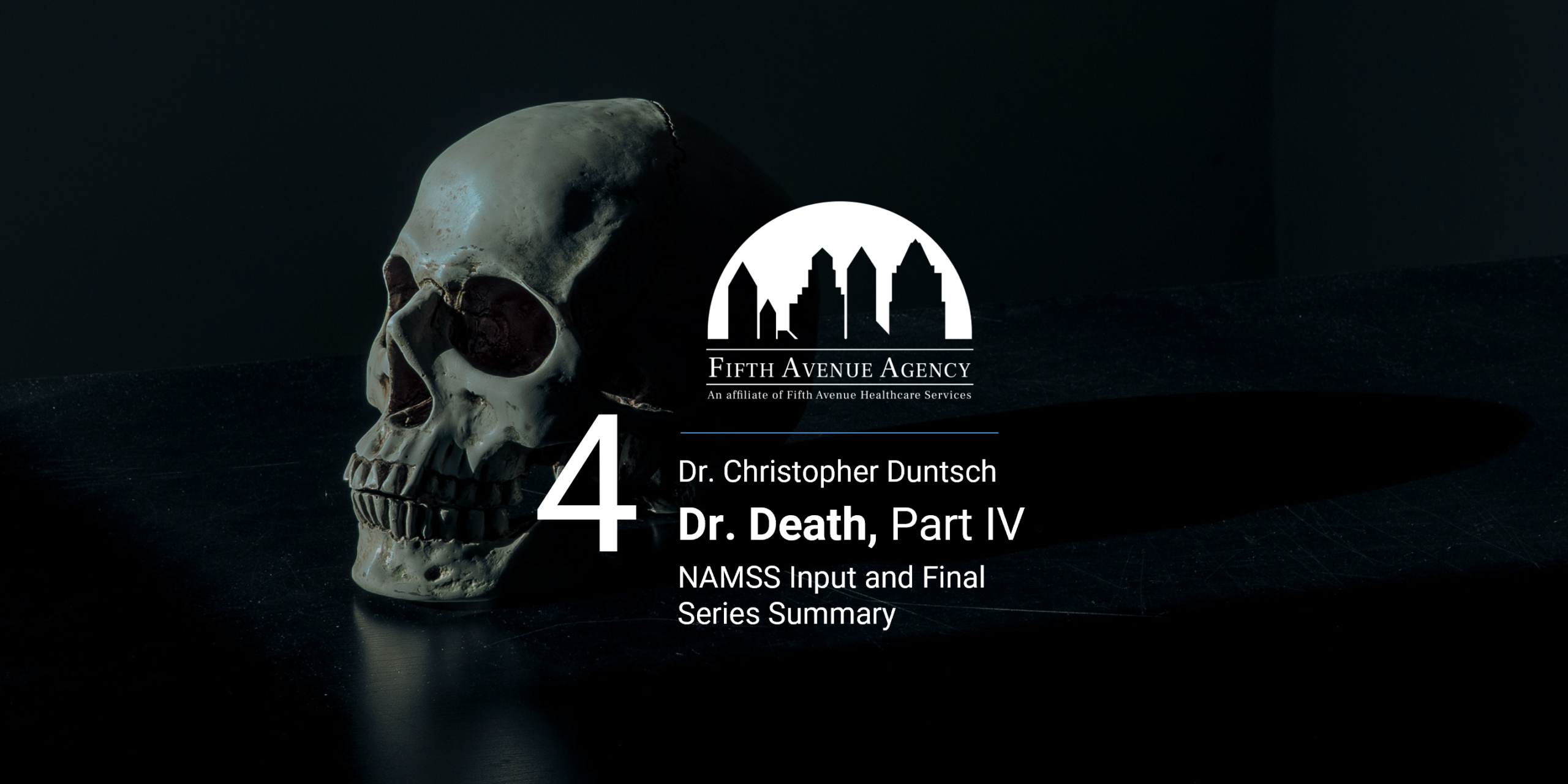

Dr. Duntsch’s actions across operating rooms lent him the nickname Dr. Death. Was he maliciously injuring patients? Did the system fail? Read more to find out.


Hammer clauses permit the insurer to force the insured party to settle by limiting the amount of indemnification and compensation for harm or loss.


Medical malpractice premiums are on the rise, and we have expanded our credentialing services to include relationships with medical malpractice carriers.


Proof of fault 4 elements 1) doctor/patient relationship exist 2) doctor committed a breach of duty 3) breach of duty resulted in injury 4) patient was injured.


Dr. Duntsch was convicted on criminal charges while practicing medicine, injuring 33 out of 38 patients in less than two years. He is now known as Dr. Death.


The medical malpractice policy limit represents the coverage amount for a given policy period, usually indicated as “per claim” and “aggregate.”
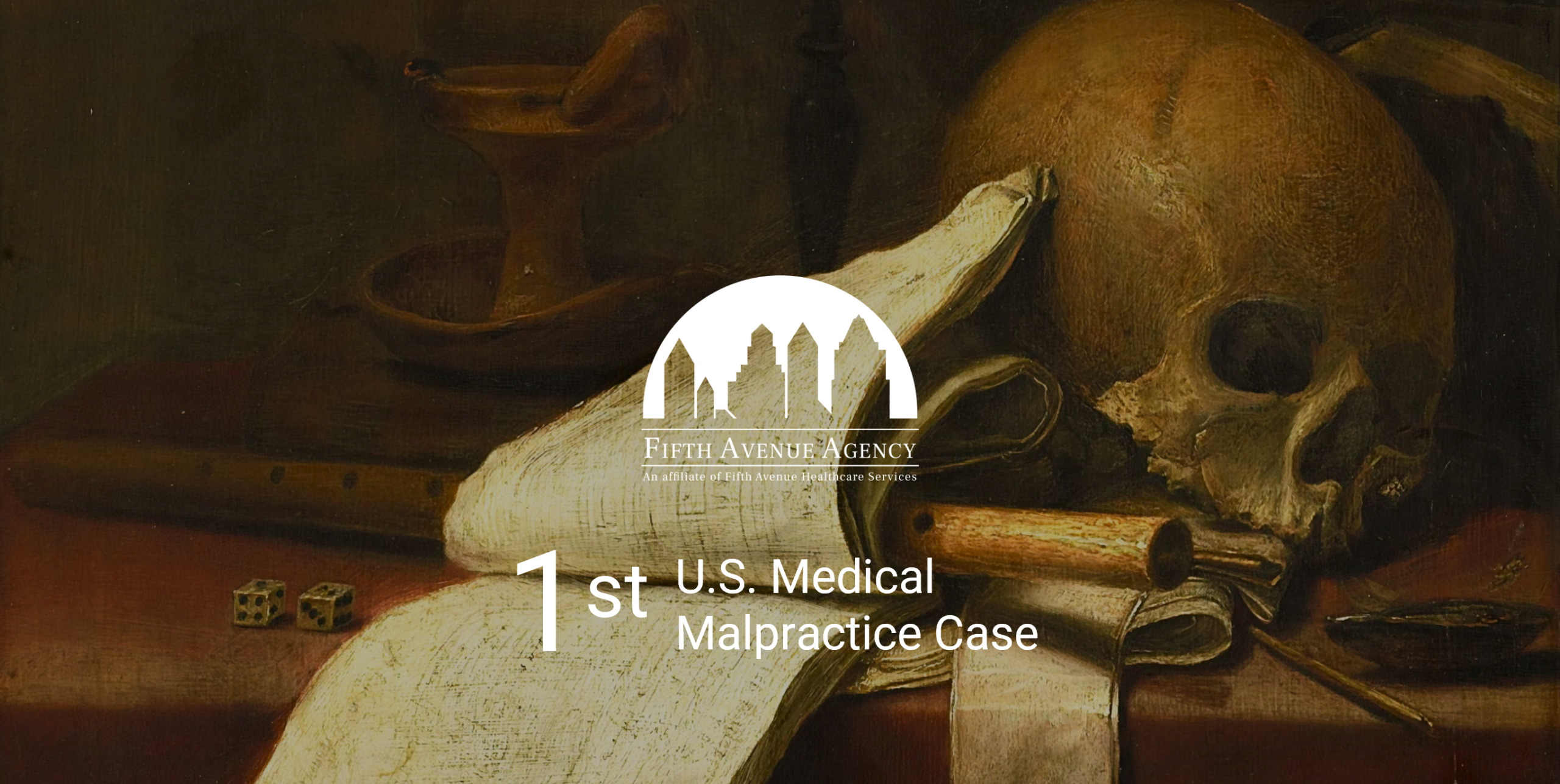

The first documented medical malpractice case in the United States happened in 1794 when a husband sued after his wife died from an operation and won 40 pounds.


9 historical medical malpractice dates show the evolution of medical malpractice law, consistently changing as far back as the Code of Hammurabi in 1754 BC.
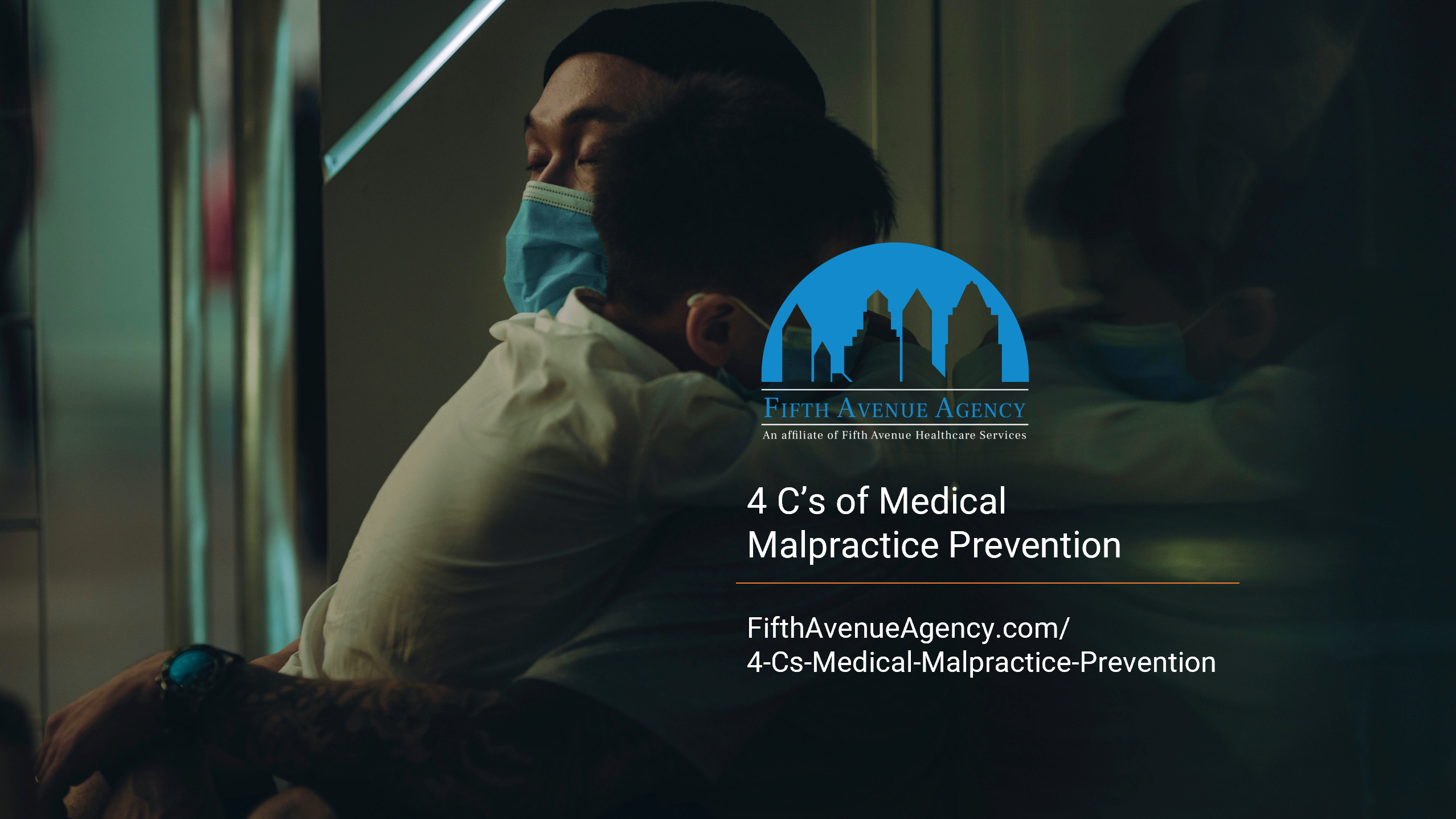

The four Cs of medical malpractice prevention are: compassion, communication, competence and charting. Contact us for more information on preventing a claim.
Become part of our expanding network of healthcare providers. Simplify your provider enrollment process by accessing over 54 health plans and networks. Join us now to experience streamlined credentialing.